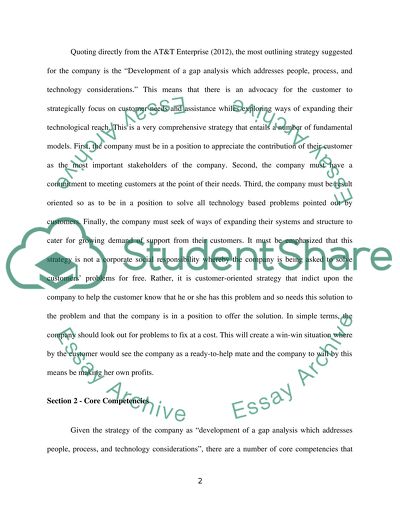Cite this document
(“AT&T Wireless Term Paper Example | Topics and Well Written Essays - 3500 words”, n.d.)
Retrieved from https://studentshare.org/information-technology/1395366-att-wireless
Retrieved from https://studentshare.org/information-technology/1395366-att-wireless
(AT&T Wireless Term Paper Example | Topics and Well Written Essays - 3500 Words)
https://studentshare.org/information-technology/1395366-att-wireless.
https://studentshare.org/information-technology/1395366-att-wireless.
“AT&T Wireless Term Paper Example | Topics and Well Written Essays - 3500 Words”, n.d. https://studentshare.org/information-technology/1395366-att-wireless.


